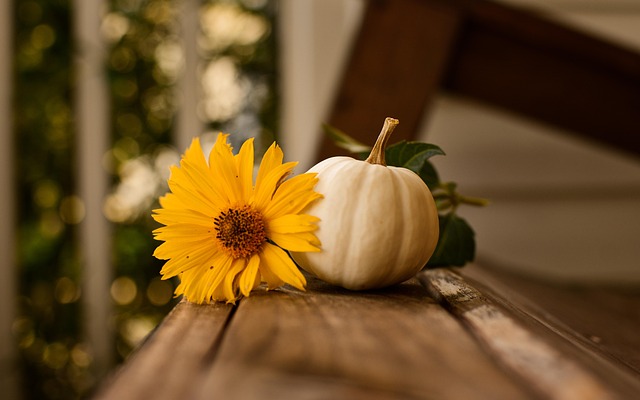Depth of field (DoF) is an essential concept in photography that dictates how much of your image appears in sharp focus. Understanding and mastering this artistic element can elevate your photography composition, transforming an ordinary snapshot into a captivating visual story. Whether you are an amateur photographer or a seasoned pro, the ability to control depth of field is a fundamental skill that can significantly impact your photos.
What exactly is depth of field? In simple terms, it refers to the distance between the nearest and farthest objects in a photo that appear acceptably sharp. Your camera’s aperture, focal length, and distance from the subject all play critical roles in determining your image’s depth of field. A shallow depth of field will isolate your subject against a beautifully blurred background, drawing attention directly to it, while a deep depth of field keeps everything in focus, making it ideal for landscapes where every element contributes to the scene.
When you’re looking through your camera viewfinder, think of the optics at play. A wider aperture (represented by smaller f-stop numbers like f/1.8) results in a shallow depth of field. This technique is perfect for portraits, where you want your subject to stand out against an out-of-focus backdrop. Conversely, using a smaller aperture (larger f-stop numbers like f/16) increases the depth of field, ensuring that wide vistas remain crisp and clear. Mastering these elements allows you to convey mood, emphasize subjects, and lead the viewer’s eye through your frame.
To capture the essence of depth of field, consider the composition of your shots. Experimentation is key. Move closer to your subject and adjust your aperture to see how those changes impact the image. Utilize your camera’s focus features to hone in on details that can make your photos burst with life. For instance, capturing a flower in sharp focus with a blurred background draws the viewer in and highlights its intricate details.
Moreover, consider the emotional reaction you want to provoke with your photographs. A shallow depth of field can lend a sense of intimacy, perfect for capturing precious moments with loved ones, while a deeper depth of field can evoke a feeling of wonder and vastness, ideal for landscapes or cityscapes.
Lastly, let’s not overlook the importance of post-processing. Editing software can enhance depth of field effects in your photos, allowing you to simulate a shallow focus even if you didn’t achieve it in-camera. However, the greatest results often come from understanding your camera’s capabilities and using them creatively, rather than relying solely on digital manipulation. Throughout your journey in photography, remember to embrace the art of depth of field; it’s not just a technical aspect but a powerful storytelling tool that showcases your unique perspective.



